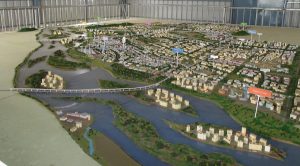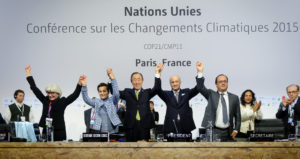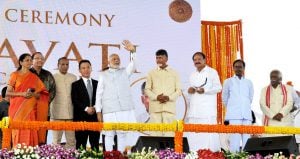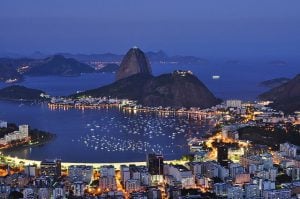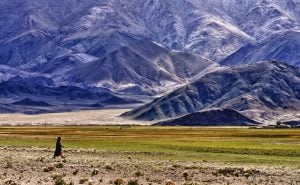Nine months after a devastating earthquake killed more than 8,000 people in Nepal, the ground, it seems, is still shaking for the people of Langtang valley with many still struggling to rebuild their lives – and their homes.
For those like 60-year-old Pemba Tamang, it is a long dark tunnel with light in sight, but far away. It takes him four hours to carry a 45-kilogram piece of log from Ghoda Tabela to his home in Kyanjin Ghumba village in the valley, which falls in the northern district of Rasuwa, bordering China and about 100 kilometres from the capital Kathmandu.

It’s a herculean task and Tamang has been at it for a week, determined to complete the task of rebuilding the home that was reduced to rubble in the April 25, 2015 earthquake.
“I cannot dream of building a house like before. I cannot afford it. But even for a small house, I need 10 of these logs. They are very expensive and heavy to carry,” said Tamang, who is pushing himself to his physical limits because he can’t afford to hire porters.
“Porters charge a lot. I would rather carry them myself and save the money for other expenses,” he added as he trudged through the rugged terrain of Langtang valley, amongst the most popular in Nepal with trekkers.

The 7.8 magnitude tremor triggered a massive avalanche of ice and rocks that engulfed the Langtang valley. According to Nepal Earthquake 2015, a joint effort of the Nepal government and ICIMOD (International Center for Integrated Mountain Development), 660 people died and 11,376 houses were completely damaged in Rasuwa district alone. Overall, 8,856 people were killed across the country.
It’s been almost a year and most locals have not finished repairing and rebuilding their homes and properties. Many took refuge with family and friends and others were forced to live in temporary homes erected from the rubble.
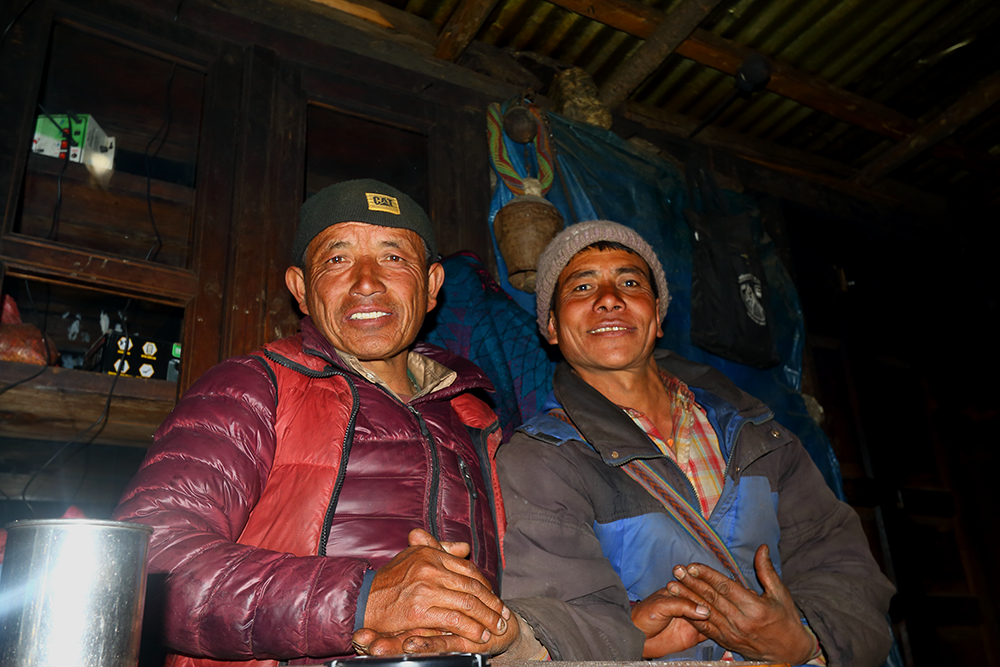
Tamang’s struggles find echo across the region.
In addition to losing his home and his guesthouse, Zhandu Lama, also lost his parents in the avalanche triggered by the quake. Lama, who also lives in Kyanjin Gumba, is hoping to rebuild his guesthouse that once accommodated over 30 people. But it is not easy.
Lama, who has been in the hotel business for 15 years, says it cost him around Rs.8 million (US$80,000) to build the guesthouse. Most of the money was spent on doing up the interiors and on wood carvings, which set it apart from the rest of hotels in the area. Now he has to start from scratch – and without a regular source of income.
“Compared to other hotels, mine was small but tourists loved to stay at my place. Maybe because of our hospitality and the interiors. I never had to worry about guests but this year there were hardly any foreigners,” said Lama.
Construction material is expensive. “I will need over 200 logs of wood, each measuring two-and-a-half metres in length. It will cost me around Rs.2 million ($20,000). While delivering them, porters charge me at least Rs.5,000 ($50) for 40 kilograms of construction material,” he said.
Rapchung Tamang from Mundu village narrates a similar story. Rapchung, who also had a hotel, lost his son and daughter-in-law and took refuge in Yellow Gumba relief camp in Kathmandu, just as others from Langtang who were airlifted and taken to safety after their homes were mangled in the quake last year.
Thanks to a few individual and international donors, he has now managed to build a corrugated zinc sheet roof on his home and has installed solar lights. “The hotel was our only source of income. I had invested my all in it but it’s nothing but scrap now. I don’t know if I can rebuild it in my lifetime,” he said.
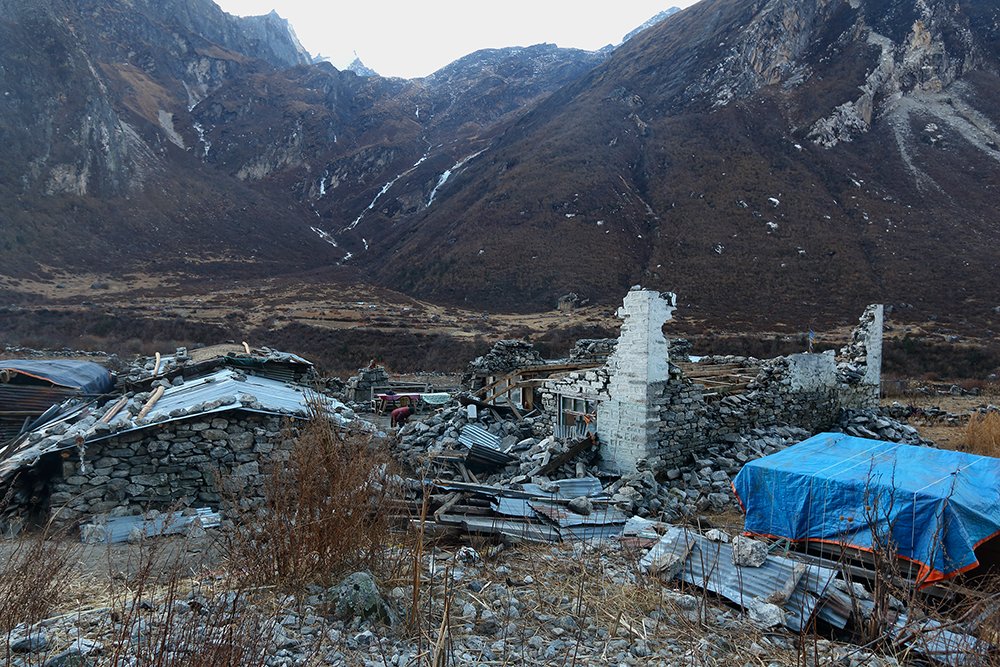
Government apathy
“Besides distributing the compensation, the government has not made any serious efforts to rebuild the place. The most important part is tourism but it’s not possible to revive that unless hotels are reconstructed,” said Temba Lama, chairperson of the Langtang Management and Reconstruction Committee. Only a fraction of the houses damaged have been reconstructed so far, he said.
The Committee, an initiative of locals and donors in rebuilding Langtang, has been collecting funds from both domestic and international donors and distributing to the quake survivors.
“A few houses have been reconstructed with material we provided and locals are finally returning to their homes. It is a good sign that Langtang is gradually coming back to life,” said Temba, criticising the government for its apathy in helping the people and resurrecting the trekking trails to bring tourists back to the area – and business too.
The government has given Rs.25,000 ($250) to families as a temporary settlement before the final compensation. Those who lost a family member got Rs.100,000 ($1,000) and another Rs.40,000 ($400) to perform the last rites.
Bhumiraj Upadhaya, conservation officer at Langtang National Park, said the flow of tourists has reduced sharply after the quake.
“We used to welcome at least 14,000 tourists every year. The number even reached over 17,000. But after the quake, we’ve barely managed to touch 300,” said Upadhaya.
Tourism yet to revive
The Nepal government reopened trekking routes to Langtang valley, clearing the trails of debris from landslides but it will take courage to walk on them.
In some places, hotels have been repaired, but not in others. After passing Lama Hotel—a popular stop for trekkers where most houses are repaired—tourists have to walk on to Sherpa village and then undertake a six-seven hour walk to Mundu, Rapchung Tamang’s village.
All hotels and restaurants on the way have literally crumbled, reflecting the massive impact of the quake on the mountain region. Villages such as Ghode Tabela, Thangshep, Champke and Sindhum that once welcomed trekkers for food and shelter still lie in rubble.

Ngeuyen Hang from Vietnam, who completed the trek in five days, decided to go with her husband despite knowing that Langtang was a destroyed land. Before the quake, trekkers took eight days to compete the circuit climbing to 3800 metres in the Kyanjin Gumba valley.
“We had only heard Langtang valley was gone but being there was a different experience. It was difficult to accept that a whole valley was engulfed with rocks and stones. But the views are spectacular and the people are most welcoming, and that was the best part for me,” she said.
Shiva Ram Gelal of the Rasuwa Chief District Office admitted to delays in reconstructing Langtang. “But reconstruction of earthquake hit areas has remained stagnant across the country. It is not only in Langtang. However, we are working and have firm plans to re-establish the lost tourism of Langtang,” he said.
All images by Riwaj Rai


